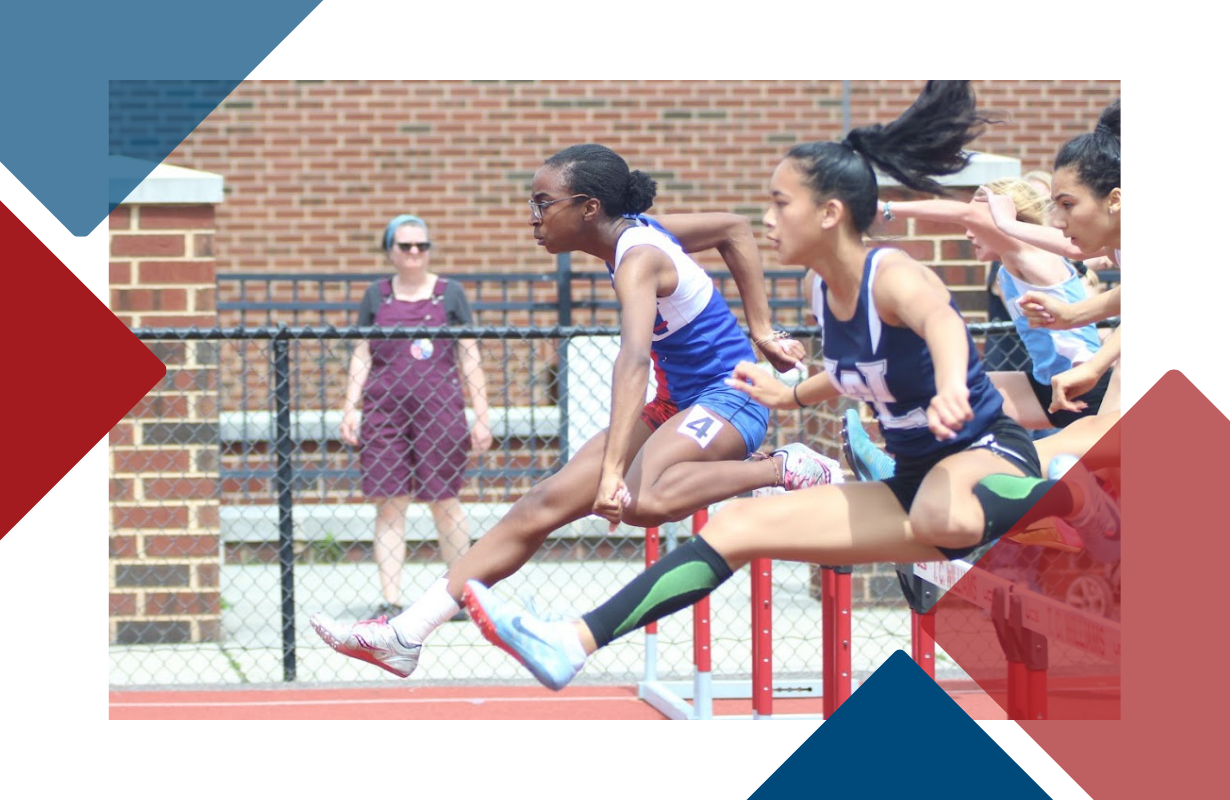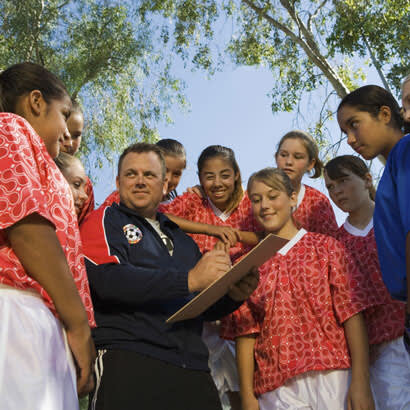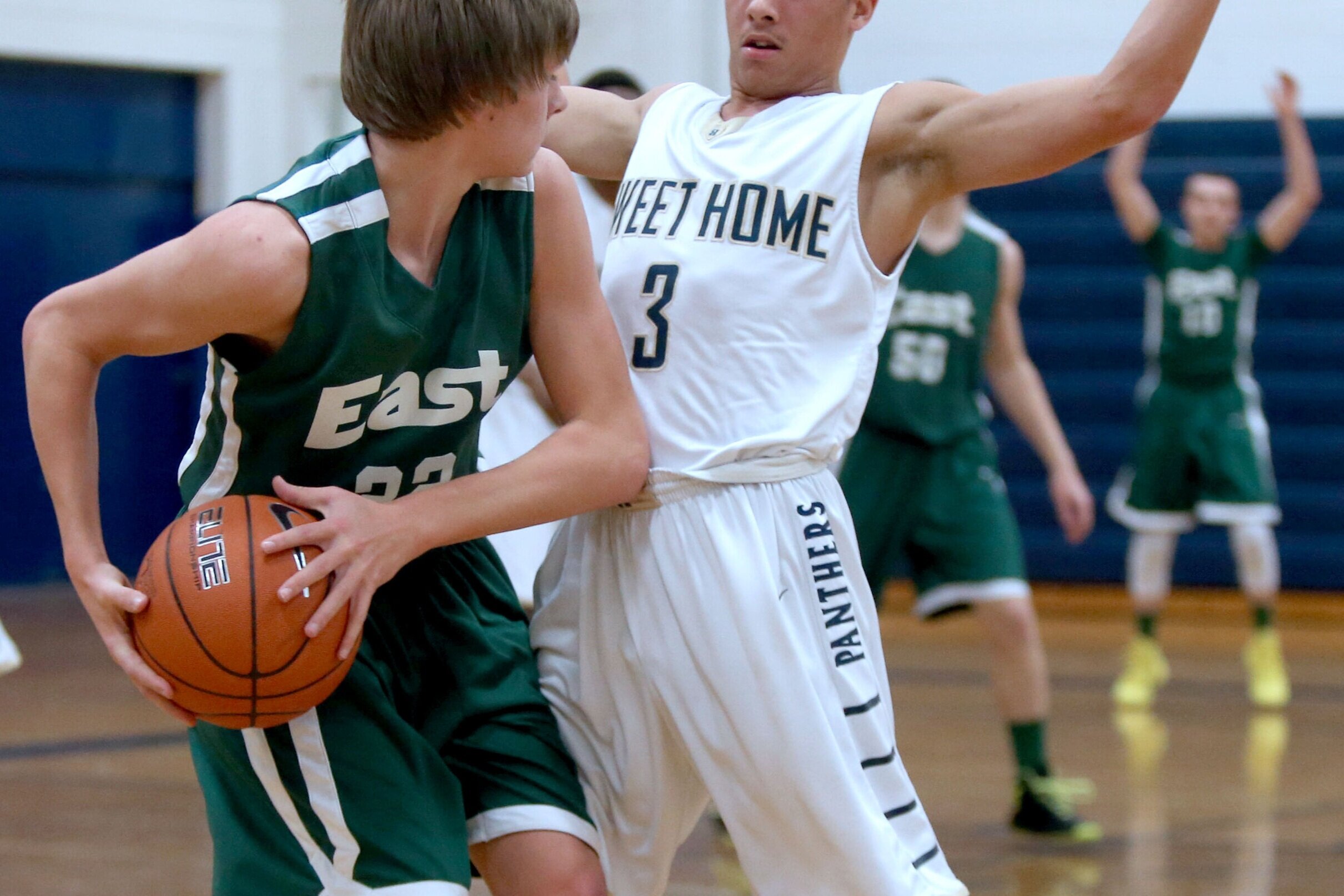More than 400 youth sports organizations supported a letter sent this week to Congress seeking $8.5 billion in relief for the industry to recoup anticipated financial losses from the coronavirus pandemic through this summer. Now comes the harder challenge: Finding sponsors in Congress and potentially crafting a viable bill within a fragmented youth sports ecosystem.
The letter sent to the Senate and House leaders, first reported earlier this month by the Aspen Institute, appeals for federal money to offset program and tournament cancellations and create a youth sports COVID-19 task force for a safe return to games. Given Congress’ current focus on providing stimulus money to help the economy, attention toward youth sports funding will probably come before a safety task force, said Active Policy Solutions CEO Terri Lakowski, a lobbyist who is advising the coalition of organizations, known as PLAY Sports.
“We’ve had really good conversations with both chambers and members of both parties,” Lakowski said. “No one has told me this is crazy, you’re out of line. There’s an understanding that youth sports organizations are unique, and you can’t do sports remotely. There’s an appetite for solving this. The devil is in the details.”
The request is one of several efforts being made to ask Congress to support youth sports and recreation. Others include a petition, circulated by a gymnastics club in Miami, for up to $100 billion in grants “to independent programs that will give them the upfront capital they need to reopen.” More than 7,200 people have signed that petition.
Some leaders of prominent sports organizations privately say they think there is little chance of even the $8.5 billion proposal, as written now, getting passed by Congress. Given the size of the request, and a lack of clarity around which organizations would benefit most, they say that the efforts could be challenging since other needs may be deemed more pressing nationally.
Some leaders say they view the letter to Congress as a good-faith effort to advance a conversation about the role that youth sports can play in helping children and communities recover from the pandemic, whenever organized play returns. If Congress helps, many questions would need to be answered about what federal agency distributes the money and the process for who receives it.
“No one has told me this is crazy, you’re out of line. There’s an understanding that youth sports organizations are unique, and you can’t do sports remotely. There’s an appetite for solving this. The devil is in the details.”
Often in bailout efforts, the most sophisticated organizations are those who can access the most money. That played out over the last couple weeks, when the federal government gave national hotel and restaurant chains millions of dollars in grants before the $349 billion program ran out of money last week. Thousands of traditional small businesses were unable to get funding before it ran dry.
Some of the companies that received money are clients of JPMorgan Chase, leading to criticism that Wall Street banks had helped their clients obtain large bank amounts. Major chains like Shake Shack (valued at $1.6 billion) and Ruth’s Chris Steak House (valued at $250 million) received upwards of $20 million from the small business portion of the economic stimulus legislation called the Paycheck Protection Program.
“I think that rollout gave everyone pause,” said Benita Fitzgerald Mosley, CEO of Laureus Sport for Good USA and a member of the six-person PLAY Sports steering committee. “People are trying their best in this environment to make decisions effectively, but there’s bound to be hiccups along the way.”
Mosley said the PLAY Sports steering committee understands that if relief is granted to youth sports organizations, priority should go to those that serve kids with the least access sports.
“I think there would be a process where people would apply and hopefully it would be better than the (Small Business Administration) process of first come, first serve,” Mosley said. “There will certainly be some criteria. It’s not hard for us to identify those youth given our work. Some programs we give grants to have gender and racial diversity. We’re in the most-hard hit areas in New York, Chicago, New Orleans and Atlanta. We know what to look for.”
Who supports the proposal?
Youth sports are an estimated $19 billion industry, according to WinterGreen Research. In 2018, 36.2 million U.S. youth ages 6-17 played a sport at least one day during the year, either organized or unstructured, according to the Sports & Fitness Industry Association. Of those youth, 20.2 million played sports on a regular basis, typically in some organized fashion.
Organizers are calling this coalition PLAY Sports, which stands for Promoting Local and Youth Sports. The volunteer steering committee consists of Wayne Moss (National Council on Youth Sports), Mosley (Laureus Sport for Good USA), Jon Butler (Pop Warner), Jeremy Goldberg (LeagueApps), Keri King (Triple Crown Sports), and Luke Zaientz (Reigning Champs).
“This designated fund for youth sports providers will extend to all youth sports programs, organizations, and providers including sports-based youth development organizations, interscholastic sports programs, youth sports providers such as coaches, trainers, and instructors, and youth sport event providers,” the letter states. “Priority consideration in the disbursement of these funds will be given to programs serving under-served communities.”
Among the organizations that signed the letter:
Many elite sports academies and leading providers of travel team sports
Cities that benefit from youth sports tourism, such as Myrtle Beach and Kansas City
Longstanding sport organizations, such as YMCA of USA, AAU, Pop Warner and Little League
Several sports federations, such as USA Football, US Lacrosse, USA Field Hockey and USA Wrestling
Software providers TeamSnap, LeagueApps and SportsEngine
Some non-profit providers, such as Girls on the Run International, Up2Us Sports and America SCORES
The Aspen Institute Sports & Society Program is reviewing the proposal and has not taken a position on the letter.
“We’re in a situation where we have a ticking time bomb of a public health crisis that’s just been expedited by the tremendous reduction of investments for grassroots sports in the future.”
Little League CEO Steve Keener said his organization initially was reluctant to sign because the effort appeared to not assist organizations run by volunteers in local communities. After speaking with organizers, Keener said Little League attached its name in order to “possibly be of some help to bring attention to federal leaders of the issue in youth sports,” he said.
“We would certainly support some kind of relief fund or bill for youth sports provided that the large majority, if not all of it, would be directed to community-based, volunteer-led organizations and not event organizers, NGBs and people who can support their operations through other means,” Keener said. “We’ll reserve the right to take a close look at any bill that comes forward.”
The inclusion of for-profit businesses has caused other leaders to decline attaching their name to the letter. Small businesses and non-profits already qualified for support through the Paycheck Protection Program and other mechanisms made available in the stimulus bills, though actually receiving the money has been a challenge for many organizations.
“I am vehemently opposed to commercial organizations receiving federal funding,” said Jake Zimmerman, general manager of Baseball Digest. “I am 100% in support of non-profit community youth organizations like Little League receiving funding.”
US Lacrosse CEO Steve Stenersen said his organization “signed on for the headline,” not necessarily the details around the proposal to Congress.
“Despite the size and scope of youth sports, there’s no overarching body that oversees it like almost every other country,” Stenersen said. “We’re in a situation where we have a ticking time bomb of a public health crisis that’s just been expedited by the tremendous reduction of investments for grassroots sports in the future. We think this (letter) is incredibly necessary to raise the profile of sport relative to the health and welfare of children.”
Where did $8.5 billion come from?
One question many youth sports leaders have is how the $8.5 billion figure was generated. For some context, the Cares Act that passed in March set aside $25 billion for the airline industry to help cover employee wages, salaries and benefits; $16 billion to the Strategic National Stockpile to increase available of ventilators and masks; $8.8 billion to give schools more flexibility to provide meals for students; and $1.3 billion in funding for community centers that provide health care services for 28 million people.
“When I read the letter, the $8.5 billion seemed to be directly correlated to the travel industry,” said Disabled Sports USA Executive Director Glenn Merry, who elected not to support PLAY Sports. “I look at the travel sport industry and think it’s going to be a long time to come back with people traveling and large gatherings. Is travel really how we define sport? When I saw $8.5 billion, I wondered why they didn’t ask for $19 billion and document where it would go. That $8.5 billion, if it went into community-based sports and rec, would help a lot more kids.”
Keri King, CEO of travel sports organizer Triple Crown Sports, has said that the $8.5 billion figure is based off an anecdotal number estimating that youth sports organizations will lose half of their revenue in March through July. Matt Gould, spokesman for LeagueApps and the PLAY Sports coalition, said multiple points of industry data were used, including from WinterGreen Research, LeagueApps and the Aspen Institute, to understand the economic impact from the shutdown of youth sports.
n=1048. Click to enlarge.
In an online poll conducted April 15 during an Aspen Institute Project Play webinar for sport leaders, nearly all of the 1,000 respondents projected they will lose program revenue over the next year. Thirty-eight percent said they expect to lose up to half of their revenue.
Lakowski said PLAY Sports is using researchers and experts to help with the economic arguments to Congress.
“Across the board, no one can account for specific losses in any industry,” Lakowski said. “I don’t think a full financial impact will be able to be quantified for a long time. There’s an understanding that numbers will be estimates from a variety of sources.”
The letter to Congress makes the case that the lost revenue from travel sports will impact airlines, hotels, restaurants and local tourism, resulting in further job erosion. Mosley, whose daughter plays travel volleyball, said travel sports “absolutely” are an essential business.
“I’m not saying they take precedence over the nonprofits and grassroots by any means,” she said. “We’re all aware of how small businesses drive the American economy. Many of these volleyball and soccer clubs are very small businesses. Yes, there are people of means who can afford these hefty registration fees and travel for their families to these tournaments. … But that whole industry has come to a screeching halt. Those facilities that rely on youth every weekend and practices during the week are struggling.”
“My life savings was put into my last gym. Our kids will need sports more than ever when life returns to ‘normal.’”
It’s not entirely clear how, or if, parks and recreation departments fit into the $8.5 billion proposal. Mosley said as she reads it, the fund would not cover parks and recreation departments.
Moss, the executive director of the National Council of Youth Sports, said this about whether parks and recs could apply for funding: “Between now and should this (bill) become a real opportunity, there’s a lot that can happen. Parks and recreation spaces are often in communities that are in the most need and we definitely support funding for folks in that space. I would hope support to parks and recreation departments definitely continues to happen.”
Interscholastic sports are mentioned in the letter. Lakowski said an example of coronavirus-related financial losses for schools could be cancelled summer camps and clinics. “School coaches are often quasi-volunteers with stipends, but athletic programs pay resources to have them on board, such as lots of certifications and screenings,” she said. “Those are not all coverable losses because they are not considered employees. Those are things we want to dive into and understand where the need is for school-based programs.”
In the meantime, organizations are just hoping Congress takes note of the rapidly unfolding threat to sports providers. Joslyn Varona, owner of four Gym Kidz facilities in South Florida, circulated the petition asking Congress for $100 billion in grants, rent forgiveness for 120 days and other benefits. Varona said Gym Kidz made a “socially responsible” decision to close its doors two days before a county mandate.
She applied for the Payroll Protection Program and other federal stimulus relief but has not received the funding, which would only cover eight weeks of support. She said she qualified for a $127,000 disaster loan and is struggling to get answers other than she must reapply for one of the applications.
“The landlord is still expecting full rent, but we have no means to generate revenue,” Varona said. “We have sent several emails, laid out several plans on payment and they are not willing to work with us. The only assistance we were given was late fee forgiveness. … We should not be forced to close just because our landlord will not work with us. My life savings was put into my last gym. Our kids will need sports more than ever when life returns to ‘normal.’”
Varona signed both the $100 billion petition and the $8.5 billion letter by PLAY Sports – yet another indication of the fractured youth sports ecosystem and desperate times for many providers.
Do you have a topic that you would like Project Play to explore in future COVID-19 youth sports coverage? Email Jon Solomon at jon.solomon@aspeninstitute.org.





















